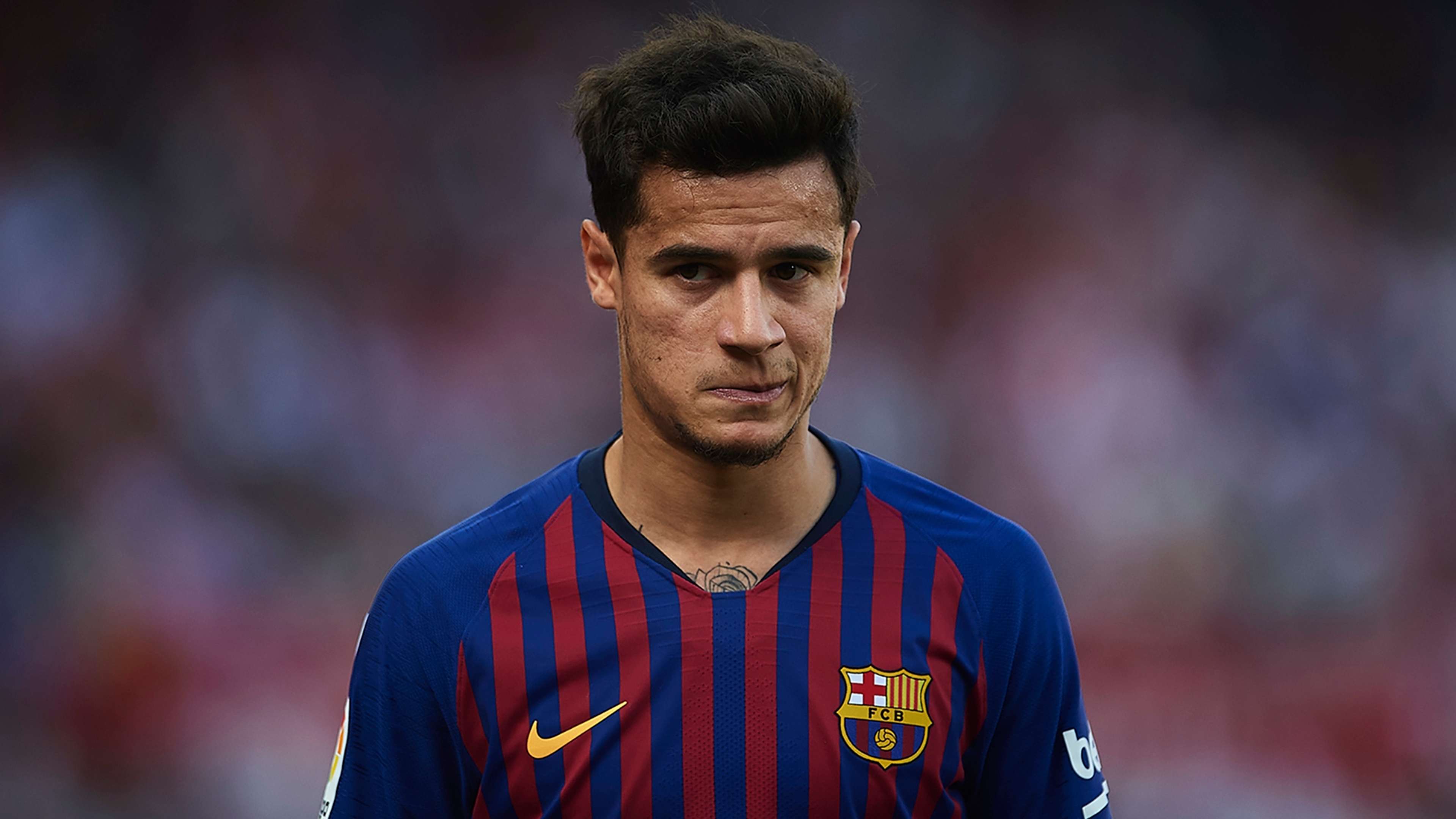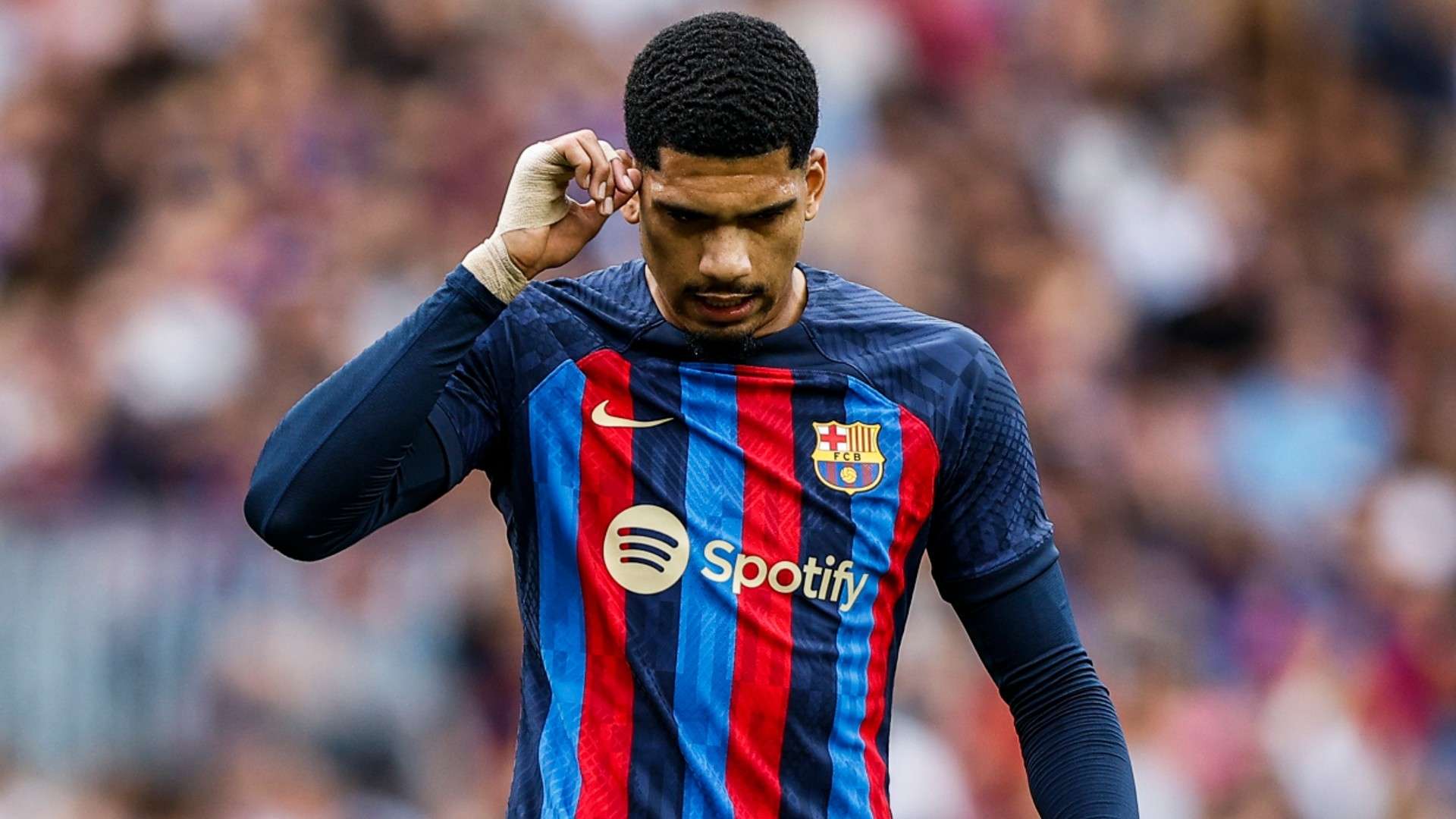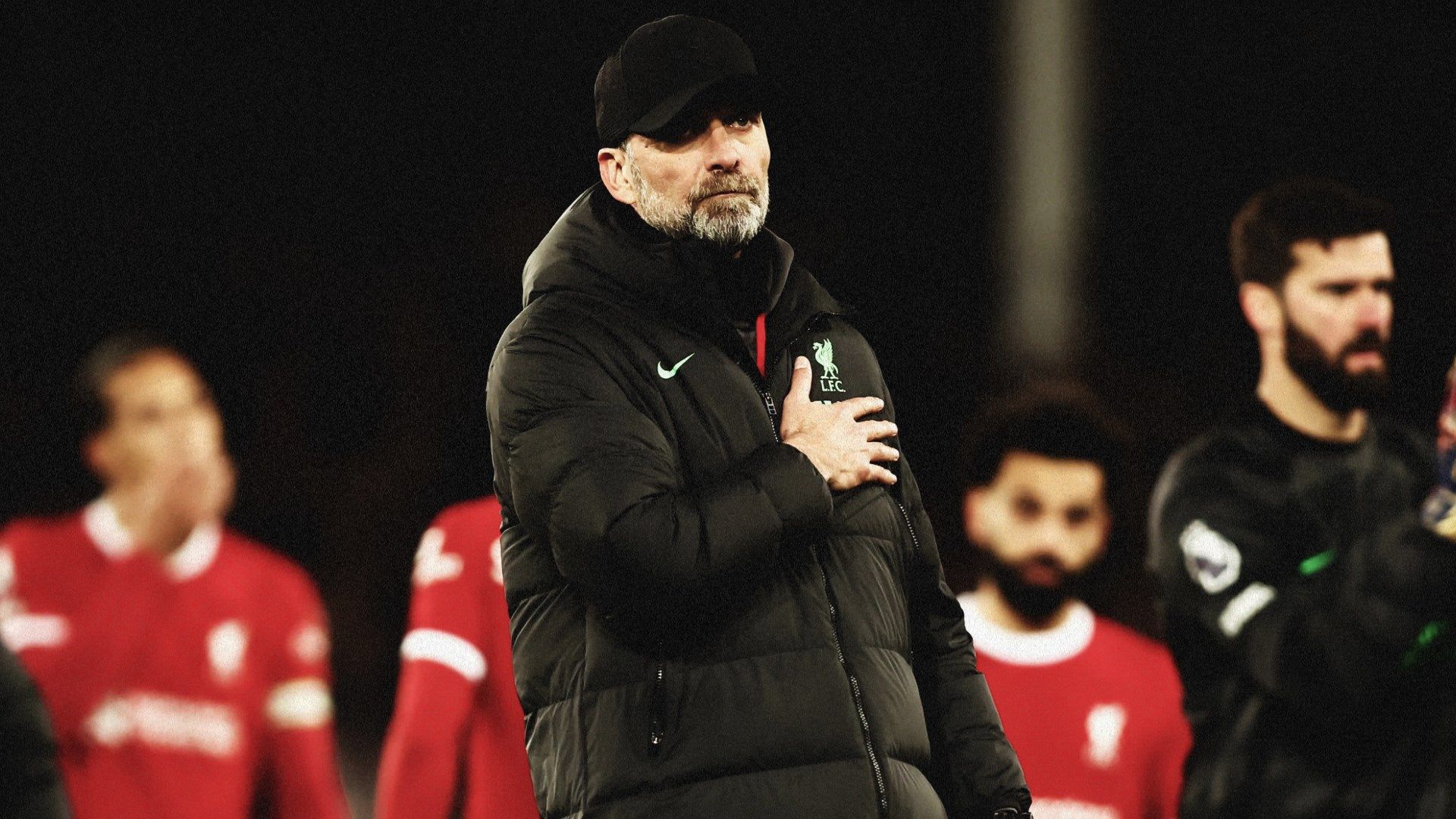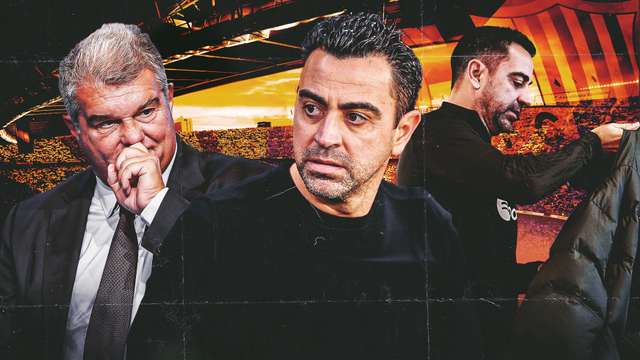South American talents such as Lionel Messi, Luis Suarez and Marcelo have taken on legendary status in La Liga, following in the footsteps of iconic figures such as Alfredo di Stefano, Romario and Ronaldo by excelling in the competition. However, they can consider themselves somewhat fortunate to have played in Spain at all.
La Liga has strict rules about how many non-EU players are allowed to play for each team, which obviously affects the way a club handles their transfer business if they are looking to sign players who do not hail from Europe.
So what is the rule, why is it enforced and how do players and clubs manage to work around it? GOAL brings you everything you need to know.
What is La Liga's non-EU players rule?
In La Liga, each club is allowed five non-EU players, but are only allowed to name three non-EU players in each matchday squad.
The term 'non-EU' refers to a player whose country of citizenship is outside of the European Union.
Countries currently in the EU include: Austria, Belgium, Bulgaria, Croatia, Cyprus, Czech Republic, Denmark, Estonia, Finland, France, Germany, Greece, Hungary, Ireland, Italy, Latvia, Lithuania, Luxembourg, Malta, Netherlands, Poland, Portugal, Romania, Slovakia, Slovenia, Spain and Sweden.
The figure drops to two non-EU players in Segunda Division (Second Division).
Can non-EU players claim other citizenship?
It is possible for non-EU players to take up citizenship of an EU country should they satisfy the citizenship criteria in those countries, whether that is through ancestry, residency or naturalisation.
For example, Real Madrid's Brazilian trio Vinicius Jr, Eder Militao and Rodrygo were each granted Spanish citizenship in 2022, meaning they were no longer required to be registered as non-EU players.
Those players' acquisition of Spanish nationality was positive news for Real, who were then free to pursue more non-EU transfer targets in the market, be they from the UK, South America or elsewhere outside of the EU.
 Getty Images
Getty ImagesPrior to that, another example is Brazil international Philippe Coutinho, whowas able to be granted Portuguese citizenship through his wife after he left Liverpool for Barcelona in in January 2018.
At the time, Barcelona had reached their cap of the number of foreign players in their squad. Three of their January transfer window signings in Arthur Melo, Malcom and Arturo Vidal counted as non-EU players.
However, since Coutinho had been married to Portuguese wife Aine for more than two years, he was able to meet the criteria to apply for Portuguese documentation. Doing so allowed him to play in the Spanish league as a Portuguese citizen rather than a Brazilian.
 Getty Images
Getty ImagesSuarez went a similar route when he himself joined Barcelona from Liverpool. The Uruguay forward applied for Italian citizenship through his wife Sofia Balbi in 2014.
Non-EU players can also, after five years of playing in Spain, claim Spanish citizenship, as was the case with Marcelo.
Additionally, players who hail from ACP (African, Caribbean and Pacific Group) nations that are signatories to the Cotonou Agreement are not considered as non-EU due to the Kolpak ruling.
What is the punishment for signing more than three non-EU players?
Should clubs not comply with the rule, they could be punished with a fine or a transfer ban.
How have clubs worked around the rule?
Careful consideration when it comes to squad registration can help a club avoid punishment. Real Madrid had ostensibly exceeded the foreign player quota ahead of the 2019-20 season, with an initial five non-EU players included in their squad.
The aforementioned trio, Eder Militao, Vinicius Jr and Rodrygo were registered as the three non-EU players, while Fede Valverde – who hails from Uruguay – claimed Spanish citizenship. Eighteen-year-old Takefusa Kubo, however, had to wait to have a place vacated, and was been entered into Real Madrid's reserve team Real Madrid Castilla.
The season before that, Vinicius Jr was registered in Castilla. This is allowed as according to Liga rules, U-23 players – or U-25 players with a professional contract – can switch between senior and reserve teams.
Why does La Liga have the non-EU players rule?
Much like the Premier League's Home Grown Player Rule, where eight players in a 25-man squad must be 'homegrown', the non-EU players rule encourages clubs to nurture domestic European talent instead of constantly relying on the purchase of overseas talents.
In the Premier League, however, the term 'Home Grown' simply means that a player must have been on the books of a club affiliated with the Football Association for at least three years before they turn 21. It does not mean that they have to be English.

.jpg?auto=webp&format=pjpg&width=640&quality=60)
.jpg?auto=webp&format=pjpg&width=640&quality=60)

.jpg?auto=webp&format=pjpg&width=640&quality=60)